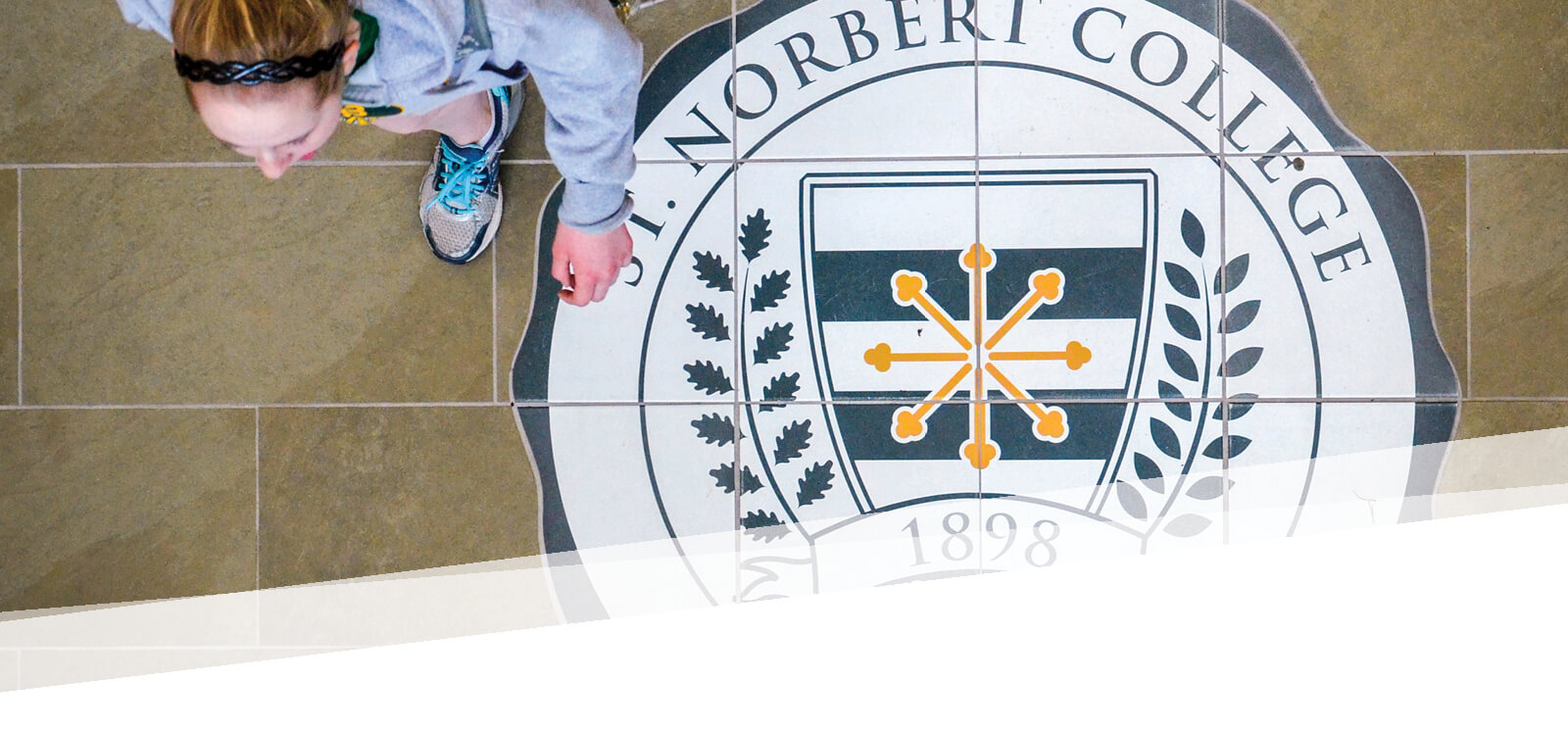

Student loans funded by the government are very common, with many U.S. college students borrowing money to help pay for college. The decision-making process can be complicated. Should you accept the subsidized, but not the unsubsidized loans? Exactly how much money should you borrow, and when will you need to repay it? How do the fees and the interest rates work? You could find that federal student loans are the best path toward your bachelor’s degree, but take the time to understand all of the details related to a specific loan offer before you accept it.
Federal student loans have some of the best terms available for student borrowers. Undergraduate students are eligible for Federal Direct Loans if they are attending college at least half time, are U.S. citizens or permanent residents and have completed the Free Application for Federal Student Aid (FAFSA). Federal guidelines limit how much money you can borrow, and that amount varies by the type of loan. Depending on your demonstrated need, you may have one type of federal loan or a combination of loans. Explore each kind of federal loan program to learn about its eligibility requirements, limits and terms.
Students are eligible for Direct Subsidized Loans based on their level of financial need. The term “subsidized” refers to the fact that the federal government pays for (or subsidizes) the interest on the loan for students who are enrolled at least half-time. You will not be charged interest on this type of loan or need to make any payments until six months after your enrollment drops below half-time, you withdraw from college or you graduate. Direct Subsidized Loans are one of the most cost-effective financing options for eligible students who choose to borrow money to pay for college.
You don’t need to demonstrate financial need to receive a Direct Unsubsidized Loan, and you won’t start to repay this type of loan until six months after your enrollment drops below half-time, you withdraw from college or you graduate.
Unlike Direct Subsidized Loans, Direct Unsubsidized Loans accrue interest while you are still in college, during payment grace periods and if you defer your loan payments — and the federal government does not pay the interest. You will receive quarterly statements from your Federal Direct Loan Servicer while you are enrolled at SNC, and may choose to pay the interest as it accrues.
Each type of Federal Direct Loan carries specific terms that describe how much you can borrow, and what you will be charged in interest rates and fees. These factors will have an effect on the amount you must repay. You are responsible for understanding how interest is calculated, and what fees are associated with your loan.
All students and families who are considering loans for college are urged to review the most current and accurate information about loan limits, interest rates and fees at studentaid.gov.
The amount you may borrow depends on the type of Federal Direct Loan you choose, class year in college (ex., first year, second year, etc.), financial need and dependency status. Students can borrow up to the overall limit amount across subsidized and unsubsidized Federal Direct Loans, and may have one type of loan or both, depending on their financial need. Federal Direct Loans allow you to borrow up to the total cost of your education, minus other financial aid assistance — so you may be approved to borrow less than the annual maximum amounts.
Loan limits are based on students being enrolled in college for the full academic year. Loans are prorated for students who are not enrolled full-time and their remaining period of study is shorter than a full academic year. Please note that the federal loan limit may change each year, based on class year and updated federal guidelines. Students who progress to the next class year during an academic year, and would like to borrow more money as a result of an increased loan limit, must contact the office of financial aid.
For undergraduates, loan limits (based on year in school) are calculated on having earned the following number of credits:
Note: Students who are considered independent by federal guidelines, or whose parents are declined a Direct PLUS Loan, have higher borrowing limits for Federal Direct Unsubsidized Loans, as determined by the federal government.
Learn more about loan limits at studentaid.gov.
Federal Direct Loans carry fixed interest rates for the life of the loan. You are required to repay the interest that accrues in addition to the original amount of money you borrowed, and any fees. You are responsible for understanding how your loan’s interest rate influences your future monthly payments.
Please familiarize yourself with the charts and other details about interest rates at studentaid.gov.
The federal government charges fees to offset the costs of originating (or setting up) Federal Direct Loans. Your loan fees are calculated as a percentage of the total amount that you borrow, and the federal government subtracts this fee directly from the amount you borrow before any money is disbursed to pay your college bills. Loan fees are charged proportionately with each loan disbursement.
Learn more about loan fees at studentaid.gov.
If students don’t pay the interest that accrues while they are enrolled in college, it can be capitalized. This means that the amount of interest they do not pay while they are in college can be added to the principal amount of the loan when it is time for them to begin making payments. If this happens, then interest will be charged on a higher balance amount than they originally borrowed, and the monthly payment amount could increase. If at all possible, try to make minimum interest payments while you are enrolled.
Read more about capitalization at studentaid.gov.
Taking out a college loan is a choice with long-term investment. How can you make sure that you understand all of the fine print? The federal government requires that you receive formal counseling and review important documents before you make a final decision about college loans.
The National Student Loan Database (NSLDS) provides useful information about how much money you have borrowed in the federal student loan program, your current federal student loan debt and your repayment status. Log in at studentaid.gov to view your loan information.
All Federal Direct Loan borrowers must complete the following requirements:
Entrance counseling explains the process of paying for college with Federal Direct Loans, and describes your rights and responsibilities as a borrower. If you are a first-time Direct Loan borrower, then you must complete entrance counseling before your loan money can be disbursed. Borrowers may complete entrance counseling online.
A Master Promissory Note (MPN) is a legal document in which you promise to repay your loan(s) and any accrued interest and fees to the U.S. Department of Education. The MPN explains the terms and conditions of your loan(s). For instance, it includes information on how interest is calculated and what deferment and cancellation provisions are available to you. Direct PLUS Loan borrowers who have loans for more than one student must complete a separate MPN for each student. Complete the Master Promissory Note online.
The Annual Student Loan Acknowledgement (ASLA) is a legal document in which you indicate your understanding that you are responsible for repaying your college loans. If you have existing federal student loans, the ASLA asks that you affirm how much money you owe, and how much more money you can borrow. Complete the Annual Student Loan Acknowledgement online.
Students who withdraw, graduate or decrease their enrollment below half-time attendance must complete exit loan counseling within 30 days of the relevant withdrawal, graduation or enrollment change. This requirement is not waived for students who intend to transfer to another school. Complete exit counseling online.

Campus location
Todd Wehr Hall 136
310 Third St.
De Pere, WI 54115
Hours of operation
Monday-Friday
8 a.m.-4:30 p.m.
Mailing address
Financial Aid Office
St. Norbert College
Todd Wehr Hall, 136
310 Third St.
De Pere, WI 54115